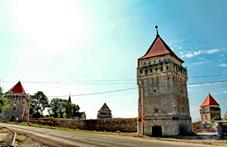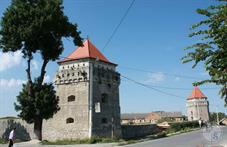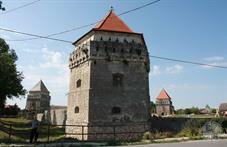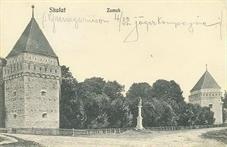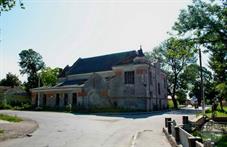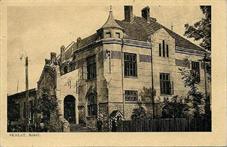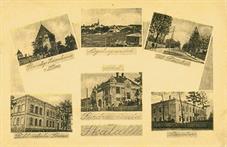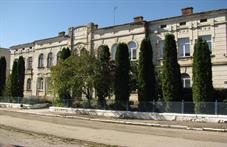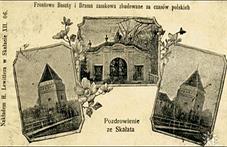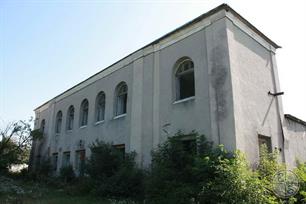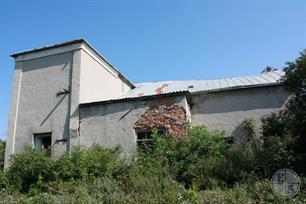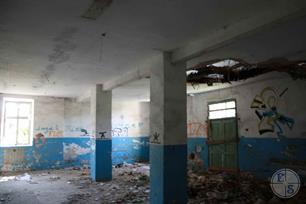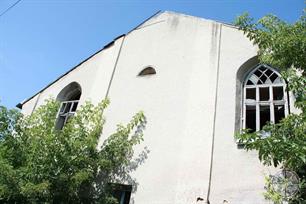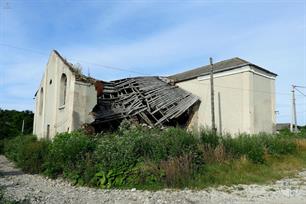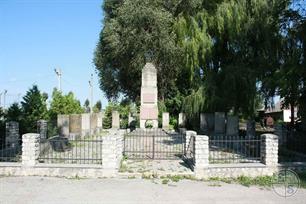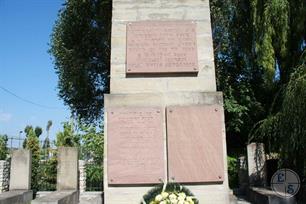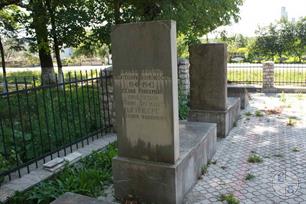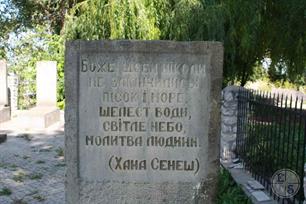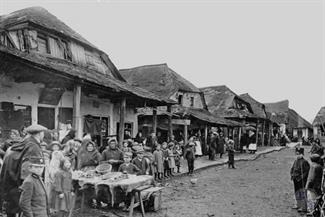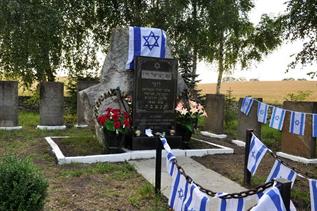Skalat
Ternopil district, Ternopil region
Photo:
- Eugene Shnaider
- Eva Maria Kraiss, The Center for Jewish Art. Skalat (Skałat)
- Мандрівка Старим Кордоном. Скалат
- Eugene Shnaider
- Eva Maria Kraiss, The Center for Jewish Art. Skalat (Skałat)
- Мандрівка Старим Кордоном. Скалат
Skalat (ukr. Скалат), the town in Ternopil region. In the 19th - early 20th centuries - in the province of Galicia in Austria-Hungary. In 1919–39 - as part of Poland, in 1939–91 - the Ukrainian SSR.
The first documentary evidence of Skalat dates back to 1512, when it was part of the Terebovlya district of the Galician land of the Russian province. In 1600, the owners of Skalat, the Senyavsky magnates, founded a new city, initially calling it Dembno.
In the same year, Skalat received the Magdeburg Rights, and soon a stone castle was being built. In 1766 the Magdeburg right of the city was confirmed by the charter of King Stanislav-August Poniatowski.
The first documentary evidence of Skalat dates back to 1512, when it was part of the Terebovlya district of the Galician land of the Russian province. In 1600, the owners of Skalat, the Senyavsky magnates, founded a new city, initially calling it Dembno.
In the same year, Skalat received the Magdeburg Rights, and soon a stone castle was being built. In 1766 the Magdeburg right of the city was confirmed by the charter of King Stanislav-August Poniatowski.
In 1765 there were 686 Jews in Skalat.
At the end of the 19th century Skalat became the center of the county. In 1870, out of 4952 inhabitants of the city, 2553 were Jews.
According to Korpetnicki's "Geography of Galicia", in 1786 Skalat was the property of the Terlov family from Chekhanovtsy. Soon the city became the property of the Poniatowski princes, and in 1869 they sold Skalat to the Jew Siskind Rosenstock.
In 1900, 2791 Jews lived in Skalat, there was a synagogue and 9 prayer houses.
At the end of the 19th century Skalat became the center of the county. In 1870, out of 4952 inhabitants of the city, 2553 were Jews.
According to Korpetnicki's "Geography of Galicia", in 1786 Skalat was the property of the Terlov family from Chekhanovtsy. Soon the city became the property of the Poniatowski princes, and in 1869 they sold Skalat to the Jew Siskind Rosenstock.
In 1900, 2791 Jews lived in Skalat, there was a synagogue and 9 prayer houses.
After the German invasion on July 5, 1941, local Ukrainians staged a pogrom of Jews, in which 560 people died.
Soviet troops left Skalat on July 3, and early in the morning, on Saturday, July 5, German soldiers from the SS brigade entered the city. On the same day, a group of local residents, led by the priest of the Greek Catholic Church Onuferko, visited the German authorities. This priest in pre-war times he was known as a Judophile and even spoke Yiddish fluently.The delegation had only one request - to resolve the Jewish pogrom within 24 hours.The German general approved the idea, but gave only eight hours.
The pogrom began on July 6 at 11 am and continued until the evening. For 560 Jews of Skalat, this day was the last in their lives. They were pushed from high towers, drowned in the river, shot in the cemetery. There they were killed even at the moment of reading "Kaddish" over relatives. Everything that day was done by the hands of local residents - the Germans only watched. The pogrom was interrupted by a sudden Soviet air raid.
Vladimir Grubman, "The Shortest Days of the Year".
Soviet troops left Skalat on July 3, and early in the morning, on Saturday, July 5, German soldiers from the SS brigade entered the city. On the same day, a group of local residents, led by the priest of the Greek Catholic Church Onuferko, visited the German authorities. This priest in pre-war times he was known as a Judophile and even spoke Yiddish fluently.The delegation had only one request - to resolve the Jewish pogrom within 24 hours.The German general approved the idea, but gave only eight hours.
The pogrom began on July 6 at 11 am and continued until the evening. For 560 Jews of Skalat, this day was the last in their lives. They were pushed from high towers, drowned in the river, shot in the cemetery. There they were killed even at the moment of reading "Kaddish" over relatives. Everything that day was done by the hands of local residents - the Germans only watched. The pogrom was interrupted by a sudden Soviet air raid.
Vladimir Grubman, "The Shortest Days of the Year".
According to the Institute of Polish Jewish History, in 1941 there were 4,600 Jews living in Skalat. In 1942, the Nazis drove Jews from the surrounding villages and towns to Skalat, bringing the Jewish population to 8500.
The Nazi authorities closed all local Jews in the ghetto. Deliveries to the Belzec death camp began - the first at the end of August 1942, the following: October 21, 1942 - 3,000 people, November 9, 1942 - up to 1,100 people.
On April 7, 1943, the Nazis massacred 700 inhabitants of the ghetto; on June 9, 600; until June 30, 200 other prisoners who remained in the labor camp.
According to some sources, about 160 Skalat Jews survived the occupation.
Jews do not live here today.
The Nazi authorities closed all local Jews in the ghetto. Deliveries to the Belzec death camp began - the first at the end of August 1942, the following: October 21, 1942 - 3,000 people, November 9, 1942 - up to 1,100 people.
On April 7, 1943, the Nazis massacred 700 inhabitants of the ghetto; on June 9, 600; until June 30, 200 other prisoners who remained in the labor camp.
According to some sources, about 160 Skalat Jews survived the occupation.
Jews do not live here today.

- Home
- Shtetls
- Vinnytsia region
- Volyn region
- Dnipro region
- Donetsk region
- Zhytomyr region
- Zakarpattia region
- Zaporizhzhia region
- Ivano-Frankivsk region
- Kyiv region
- Kropyvnytskyi region
- Luhansk region
- Lviv region
- Mykolayiv region
- Odessa region
- Poltava region
- Rivne region
- Sumy region
- Ternopil region
- Kharkiv region
- Kherson region
- Khmelnytskyi region
- Chernihiv region
- Chernivtsi region
- Cherkasy region
- Crimea
- Synagogues
- Cemeteries
- Objects & guides
- Old photos
- History
- Contact
Jewish towns of Ukraine
Jewish towns of Ukraine
My shtetl
My shtetl
Donate
